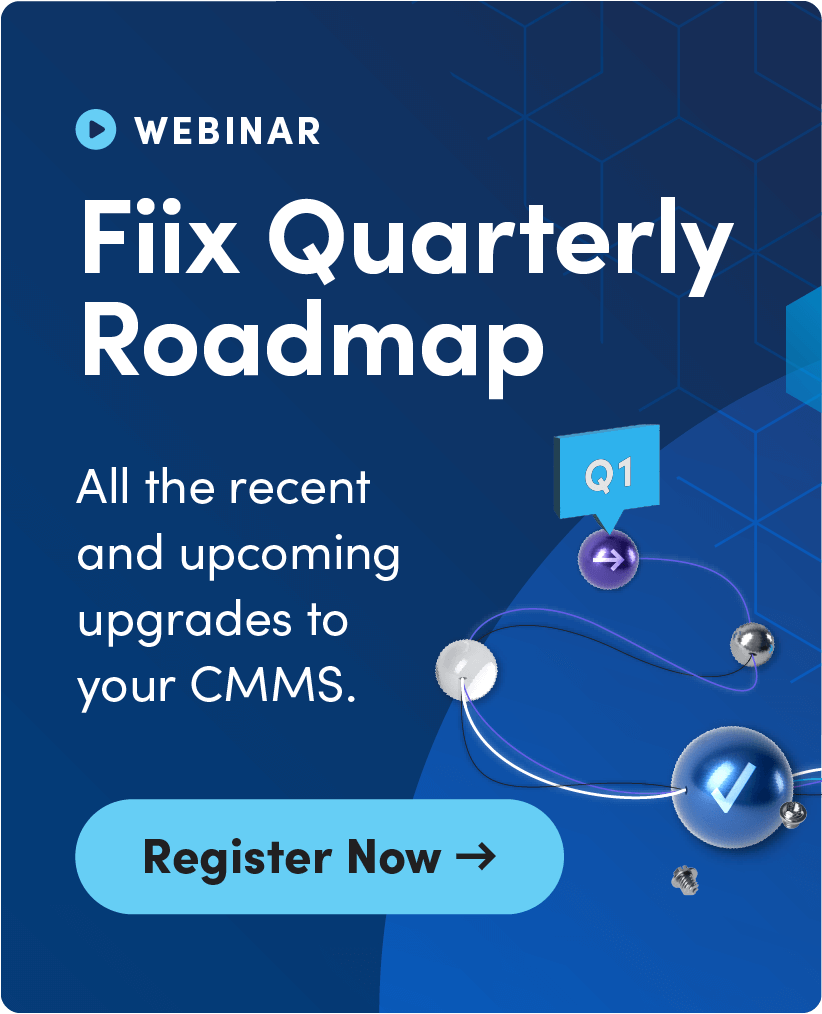For existing Fiix CMMS users: Create an account with the work email associated with your Fiix CMMS to unlock full access.
For non-users: We welcome you to create an account, but access to certain community forums will be limited.
Login to the community
No account yet? Create an account
Enter your E-mail address. We'll send you an e-mail with instructions to reset your password.





